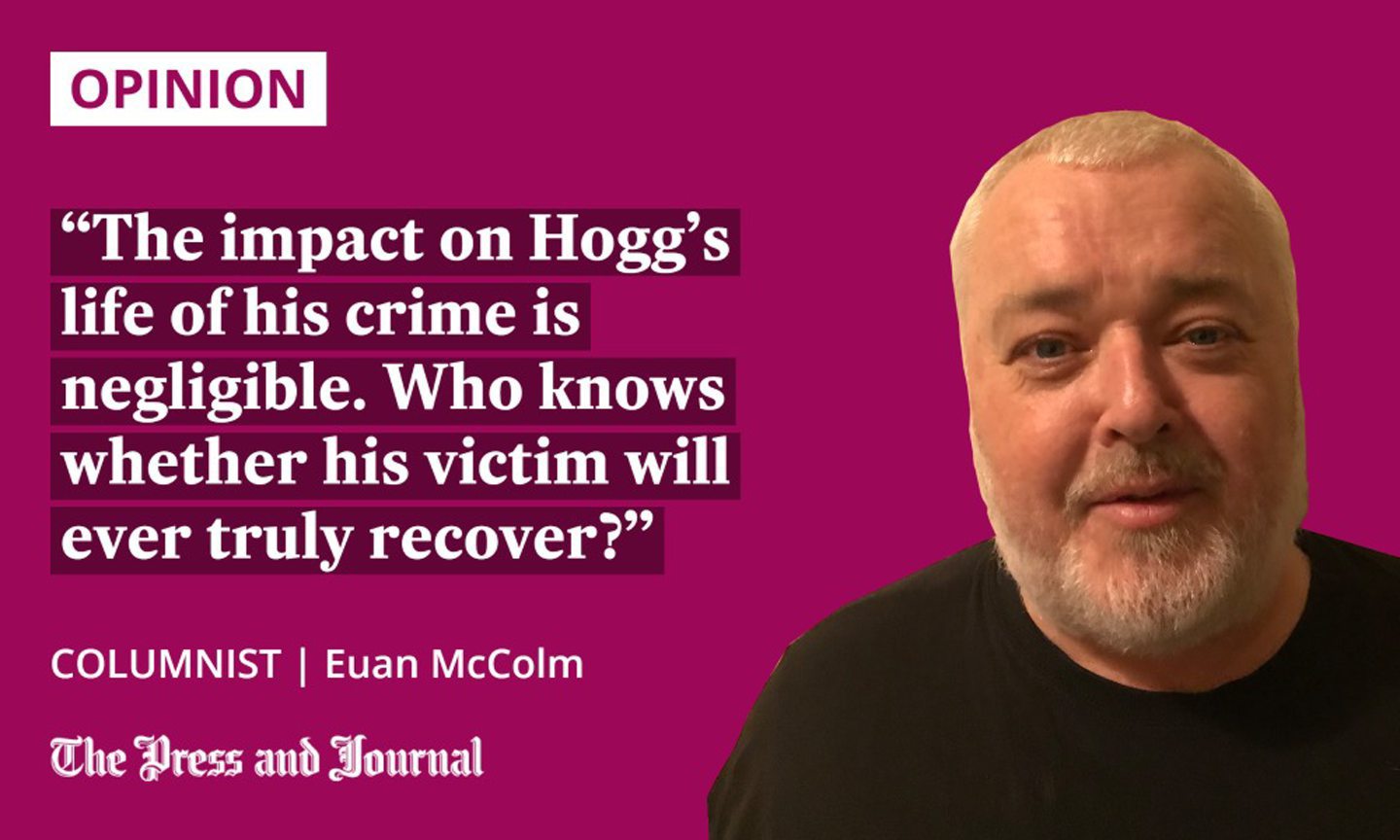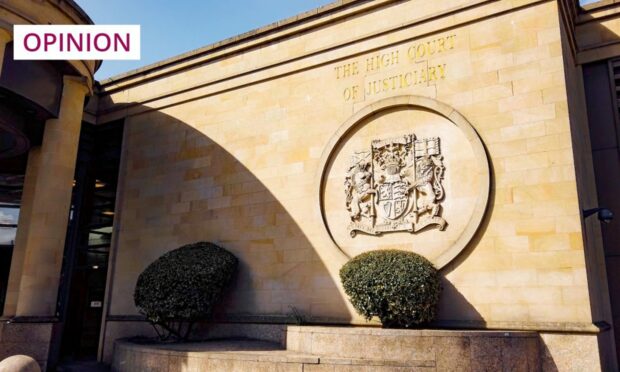The chance of a rape victim ever receiving justice is vanishingly low. Statistics on this horrific crime make for most depressing reading.
In 2020-21, 2,176 rapes and attempted rapes were reported to Police Scotland, but only 152 of those led to a prosecution. Just 78 ended with a conviction.
Simply, a lot of very dangerous men will never be held to account for the violence and trauma they inflict. Rape is the horrific crime it’s relatively safe to commit.
Improving this miserable state of affairs is far from straightforward. While it is most certainly true that, in recent years, we’ve seen high-profile campaigns encouraging us to have faith in the words of victims of sexual abuse, it is also true that rape is a very difficult thing to prove in court. Often, in the absence of witnesses, it boils down to his word against hers.
But, while too many men never pay for their crimes, we should – surely – be able to trust that those who are convicted are dealt with in the most serious manner. Rape, after all, is a most serious crime.

And, so, it was disturbing when, earlier this week, a man who had raped a 13-year-old girl walked free from the High Court in Glasgow because he was deemed too young to be jailed.
Sean Hogg – now 21 – was 17 years old when he committed the crime in Dalkeith Country Park in Midlothian. Trial judge Lord Lake said he was obliged, under recently introduced sentencing guidelines, to take into account the rapist’s age at the time of the crime when passing sentence. Hogg was ordered to carry out 270 hours of community service, and instructed to sign the sex offenders register for three years.
The impact on Hogg’s life of his crime is negligible. Who knows whether his victim will ever truly recover?
Prison should always be a last resort, but rape is a serious crime
It now seems clear that – thanks to the guidance of the Scottish Sentencing Council – the impact of this crime on the perpetrator is seen as more important than the impact on the victim.
It is true that too many people are imprisoned for their crimes. The criminal justice system should, in the cases of non-violent individuals who present no risk to others, endeavour to find alternatives to incarceration. Prison should always be a last resort.
But anyone convicted of rape should expect to lose their liberty.
Lord Lake said he believed Hogg could be rehabilitated, but that prison would not help him turn his life around. Rehabilitation is a crucial aspect of the criminal process, but so, too, is punishment.
If Sean Hogg can rape a child without paying any personal cost, then there is something badly wrong with our justice system.
Euan McColm is a regular columnist for various Scottish newspapers

Conversation